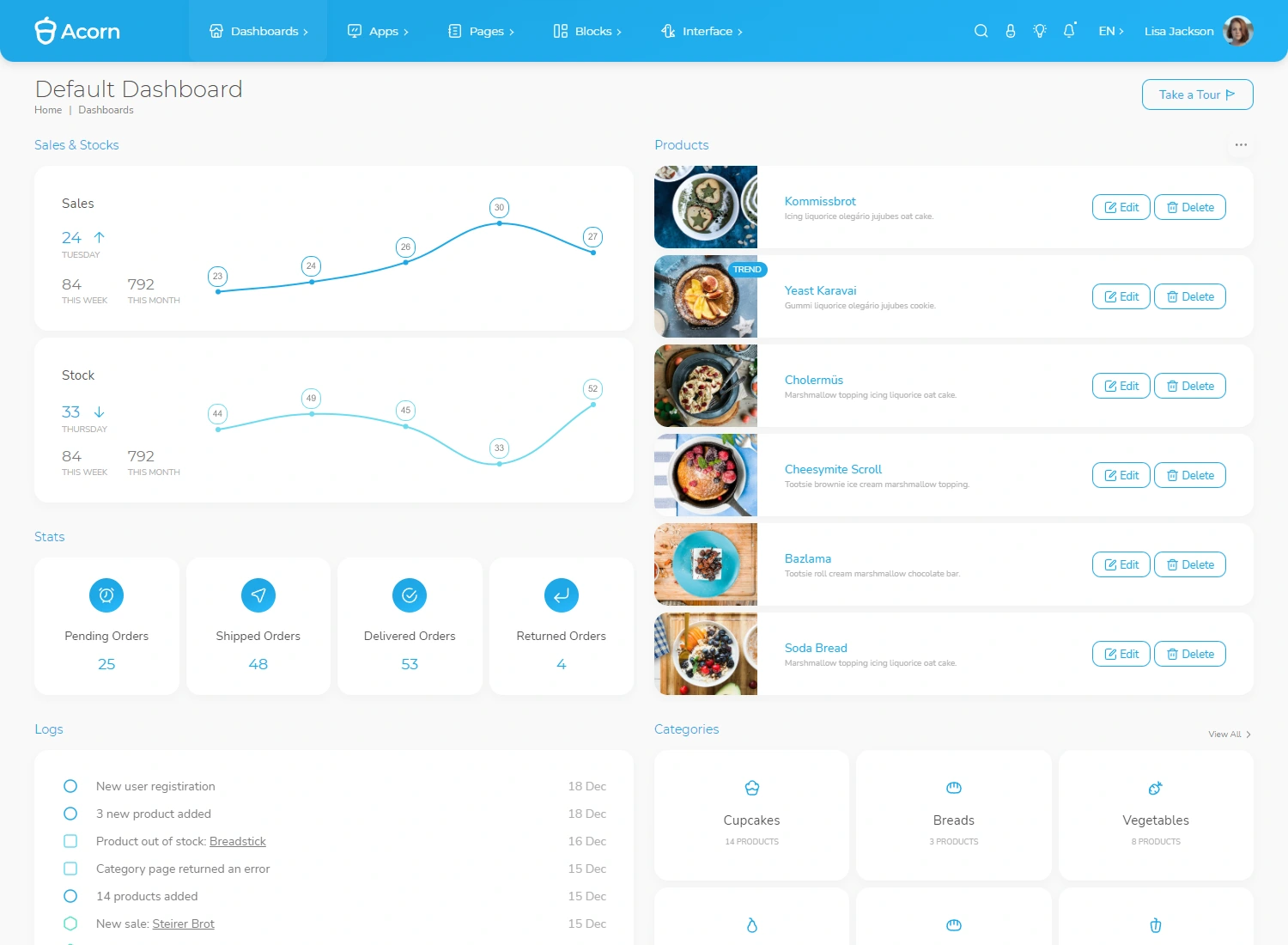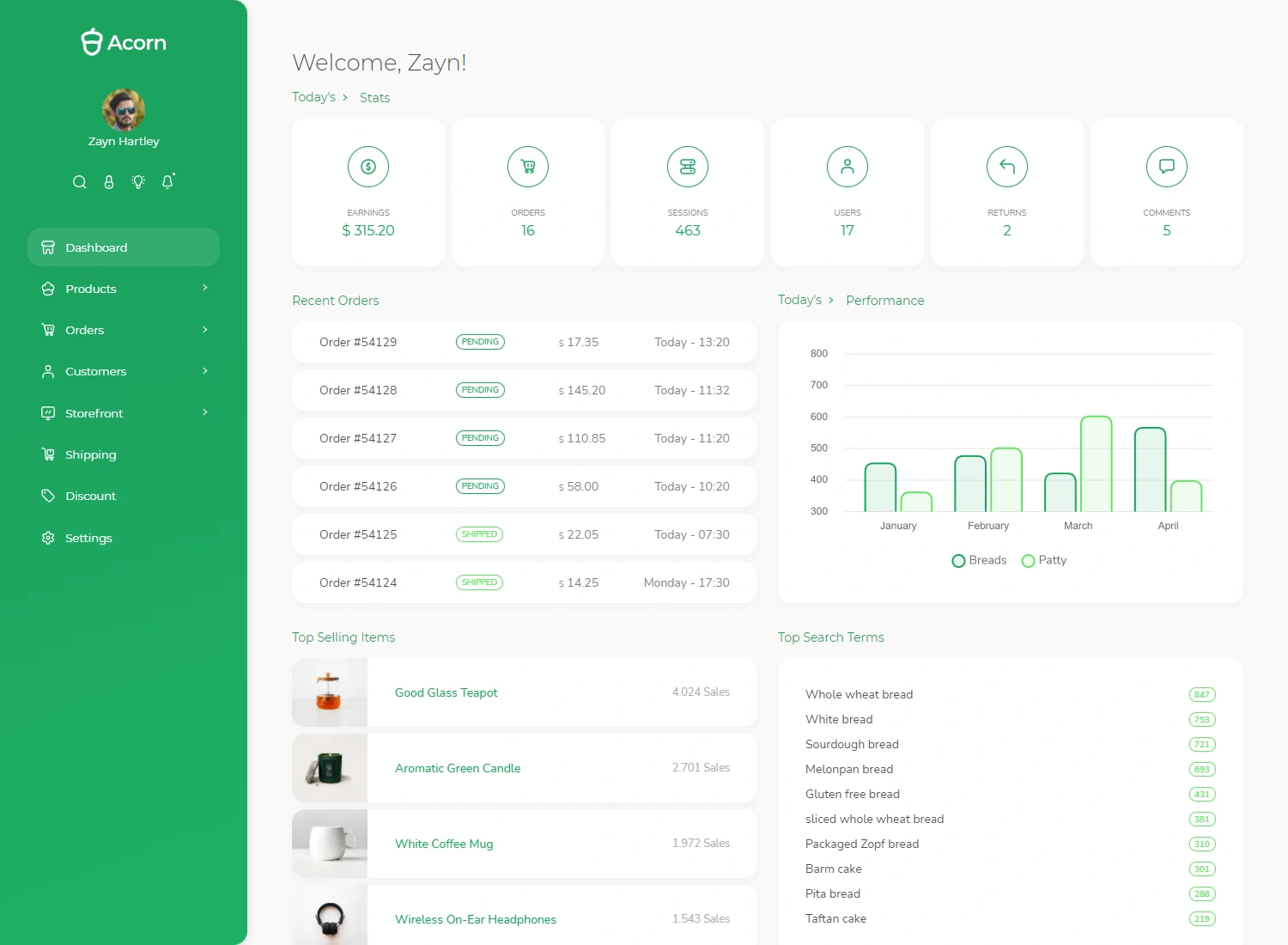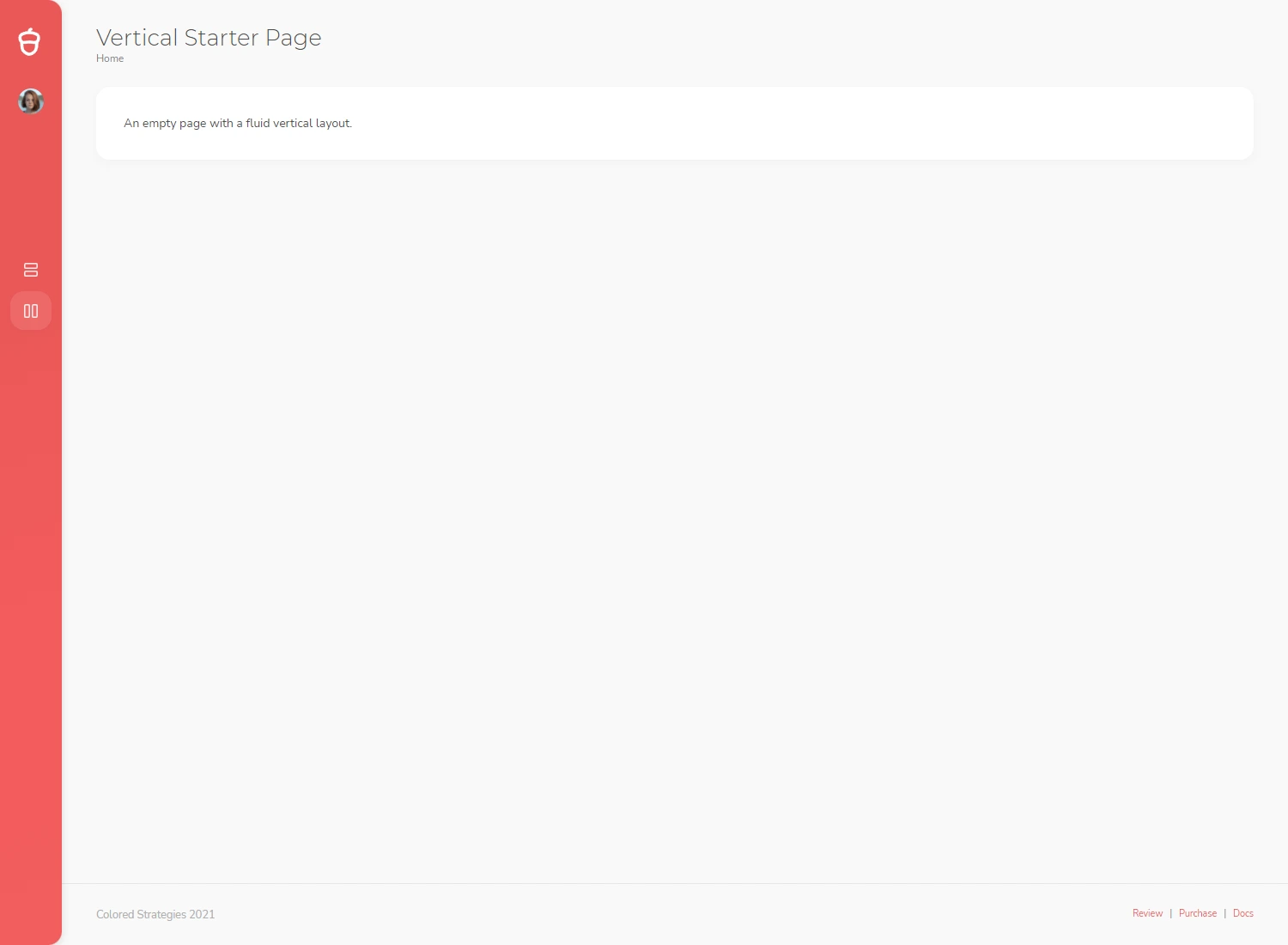Why Have Talks Resumed?
On March 17, 2025, India and New Zealand announced the resumption of Free Trade Agreement (FTA) negotiations, also known as the Comprehensive Economic Cooperation Agreement (CECA). This decision comes after a decade-long break, as previous talks were stalled in 2015 due to disagreements over tariff reductions, dairy market access, and immigration policies.
The renewed interest in an FTA aligns with India’s strategic economic shift, where it is actively pursuing trade deals with multiple nations to strengthen its position in the global market. With New Zealand Prime Minister Christopher Luxon visiting India, trade relations are set to deepen further.
Why Is This FTA Beneficial for Both Countries?
1. Boosting Bilateral Trade and Economic Growth
- India and New Zealand’s bilateral trade crossed $1 billion in 2025.
- The FTA will reduce trade barriers, making it easier for companies to export goods and services.
2. India’s Export Opportunities in New Zealand
- India could gain access to New Zealand’s high-end technology, agricultural innovations, and renewable energy sector.
- Indian IT and service professionals could benefit from eased visa restrictions and job opportunities.
3. New Zealand’s Interest in the Indian Market
- New Zealand seeks greater access to India’s dairy, meat, and wine markets, which India has historically been reluctant to open due to concerns over its domestic dairy industry.
- India’s large consumer base makes it an attractive market for New Zealand’s premium agricultural and food products.
4. Strengthening Supply Chain Integration
- The FTA aims to improve supply chain connectivity, reducing dependence on third-party intermediaries.
- This will enhance economic efficiency and lower trade costs.
Challenges in Negotiations
Despite the potential benefits, significant hurdles remain in finalizing the agreement.
1. Tariff Disparities
- New Zealand’s import tariff is only 2.3%, meaning Indian goods already have strong access to its market.
- India’s 17.8% average tariff means New Zealand will push for greater tariff reductions, which India may resist to protect domestic industries.
2. Dairy Sector Dispute
- New Zealand has long sought access to India’s dairy sector, but India’s dairy industry supports millions of farmers and remains heavily protected.
- Indian dairy imports from New Zealand are currently minimal ($0.57 million), and India is firmly against opening its market to raw dairy imports.
3. India’s Demands in Services and IT
- India wants easier movement of skilled professionals, particularly in the IT and financial sectors.
- New Zealand may not easily accommodate this demand due to immigration policy concerns.
4. U.S. Pressure on India’s Agricultural Sector
- The U.S. has been pressuring India to open its agricultural and dairy markets.
- New Zealand’s demands align with U.S. interests, making negotiations more complex for India.
How This FTA Aligns with India’s Other Trade Deals
India is actively negotiating multiple FTAs as part of its broader strategy to boost exports and integrate with the global economy. Some key agreements under discussion include:
1. India-UK Free Trade Agreement
- Talks have been ongoing since 2021 but have stalled over issues related to services, visas, and automobile tariffs.
- A deal could boost trade in textiles, pharmaceuticals, and financial services.
2. India-European Union Free Trade Agreement
- Negotiations resumed in 2022 and cover automobiles, services, and intellectual property rights.
- The EU wants tariff reductions on wines and dairy, similar to New Zealand’s demands.
3. India-Gulf Cooperation Council (GCC) Trade Pact
- India is pushing for better energy trade terms and enhanced labor mobility.
- The GCC region is a major destination for Indian expatriates and businesses.
4. Indo-Pacific Economic Framework (IPEF)
- India is participating in discussions on supply chains, clean energy, and digital trade.
- Strengthening economic ties in this region will help counter China’s growing dominance.
What’s Next? The Way Forward
The India-New Zealand FTA negotiations mark a crucial step in strengthening bilateral trade relations. However, for the deal to succeed, both nations must:
1. Address Core Trade Concerns
- India must balance tariff reductions while protecting its dairy and agriculture sectors.
- New Zealand must accommodate India’s demands for easier mobility of IT professionals.
2. Improve Market Access on Both Sides
- India should seek greater access for its IT and pharmaceutical sectors, which are major global players.
- New Zealand should promote Indian exports of textiles, gems, and machinery.
3. Align with India’s Overall Trade Strategy
- This FTA should complement India’s agreements with the UK, EU, and GCC, ensuring diversified trade relationships.
- Strengthening regional supply chains will reduce dependency on China.
4. Focus on Technology and Renewable Energy Collaboration
- India and New Zealand should partner in clean energy, leveraging India’s solar and wind energy expansion.
- Joint R&D in agriculture and climate resilience could boost productivity and innovation.
Conclusion
The resumption of FTA talks between India and New Zealand signals a positive step in deepening economic ties. While tariff structures and market access remain key challenges, the potential benefits in technology, trade diversification, and supply chain efficiency make this agreement valuable for both nations.
With India actively pursuing FTAs with multiple partners, securing a deal with New Zealand could further strengthen its global trade position. However, careful negotiations are required to protect domestic industries while ensuring greater economic integration. If successful, this FTA could serve as a model for India’s future trade pacts, reinforcing its role as a key player in global commerce.





